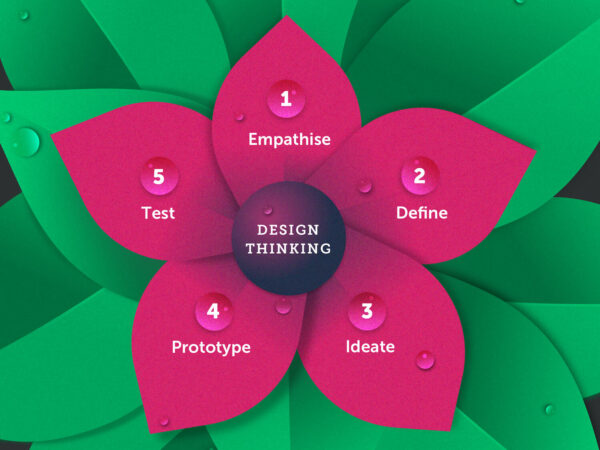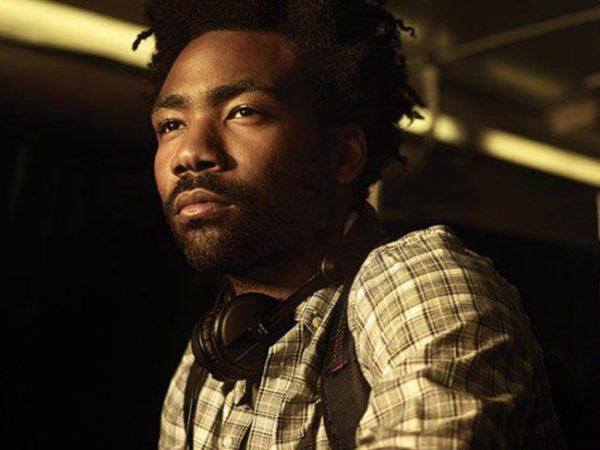In the first part of this series, I wrote about three lessons designers can learn from economists. In this second part, I’ll be going through three lessons economists can learn from designers.
Conduct more human-centered research

Good design begins with a focus on the people we’re designing for, which means good designers focus on their clients and customers in order to come up with solutions. This goes beyond hiring a consultancy firm to run some market research which tells you nothing substantial or specific about the customer. Here’s where human-centered research reveals critical insights that significantly influence the design process. Through human-centered research and design, design consultancies like IDEO have crafted solutions from scalable water and hygiene businesses in Kenya to award-winning school systems in Peru.
Most economists are great at secondary research, but this can be highly isolating, which means they miss key insights needed to increase the success of their policies. So much abstractness can be stripped away when economists step out of their offices and engage with the people they’re attempting to help. More economists can learn from the method by Abhijit Banerjee and Esther Duflo in their book Poor Economics: A Radical Rethinking of the Way to Fight Global Poverty which advocates for listening to what the poor have to say. Simply listening helps us avoid the Fundamental Attribution Error, which happens when we explain the behavior of others from our assumptions and not from detailed information.
Learning from those we seek to help also means we get a chance to see from their perspective. As economists, this can be invaluable in helping us figure out how we design policies. If we can frame and design policies in a way that shows the involvement of those we’re designing for, they are more likely to take ownership and root for the success of such policies.
Get better at storytelling

Good design is about effective communication, and storytelling is an effective way to communicate with people. It’s how our ancestors passed down a lot of their lessons in morals and values — through the stories they told. Today, successful brands use storytelling to bolster their brands and connect emotionally with customers. Nike doesn’t ask you to buy their shoes or tell you about how successful they are or how many athletes wear their shoes, they simply craft great narratives tied to a strong brand message. They’ve mastered the art of letting stories do the job of communicating the value of their products.
Likewise, economists must get better at storytelling if they wish to connect with people and disabuse them of harmful single stories that bolster bad policy decisions. Our job is only completely done when people understand, connect, and support proffered policies. Framing the communication around such policies can go a long way in determining whether people support the policies or not. A lot of the recent vitriol against economists comes from the perception that policies are not made with the interest of the “man on the street”. Presenting numbers and statistics only isolates people who cannot connect emotionally.
New media outlets like Stears are an example of how economists can influence the general public’s understanding through well-written storytelling and breakdowns of policy updates. Can we go beyond the percentage figure and depict how a fall in the price of oil affects the man on the street? How might we use multimedia to better explain the ramification of policy decisions? These are questions we must ask as economists.
Move from ideas to prototypes

Illustrated by Chine Ezeks
A prototype is an early release, model, rough draft of a product or service designed to test an idea, concept, or process. When you test your ideas early enough, you come away with insights faster and cheaper than if you wait to learn lessons after building a complete version.
Knowing when it’s time to move from ideas to prototypes helps designers not get bogged down in a cycle of conversations. Likewise, it is important for economists to move from a cycle of conferences and reports towards prototyping. Start with a rough early version of the hypothesis or model and see what insights it brings.
Microeconomists with specializations in specific markets already prototype when it comes to testing out their models. Companies like Amazon and Uber hire economists for their expertise in market modeling. For macroeconomists, this can be difficult as the execution of policies tends to have lag effects and a number of socio-economic factors are exogenous i.e have an external cause that can hinder well-thought-out policies. So how do we get around some of these challenges?
Instead of attempting to solve power/security/housing/infrastructure issues at a national level, we might reframe the issue at a state or local government level, which makes it easier to prototype. If we can figure out how to solve problems at micro levels, the aggregate becomes easier or we at least possess more insight. We can learn from the lessons applied in one state as we scale solutions to others. States in Nigeria are hardly identical in population, landmass or resources, hence solutions might need to be more specialised. Here’s where prototypes come in. They are iterative i.e. they get better based on the insights of a previous one. This is great for solutions that have to be applied across states, as we learn from one state and apply our insights to the next.
Irrespective of what level one plans for, learning more is at the core of every decision. Prototyping moves our hypothesis from sitting at a desk and subjects it to some form of reality where we can quickly gain valuable insights.
These lessons all have one recurrent theme: the need to be more practical and pay closer attention to the people we create these policies for. As economists, the lives of many are significantly influenced by the policies we make, so it is important that we put them at the center of these policies. Irrespective of our intellectual rigor, if people are not better off because of our policies, we’ve failed. By embedding more empathy and practicality in our work, we not only add more value to our work, but we add more value to the lives of people we’re designing for and the systems they exist in. That’s when we’ve truly accomplished our jobs as economists.
Thanks to Mikey and Mohini for editing, contributing, and asking the right questions. ❤️




